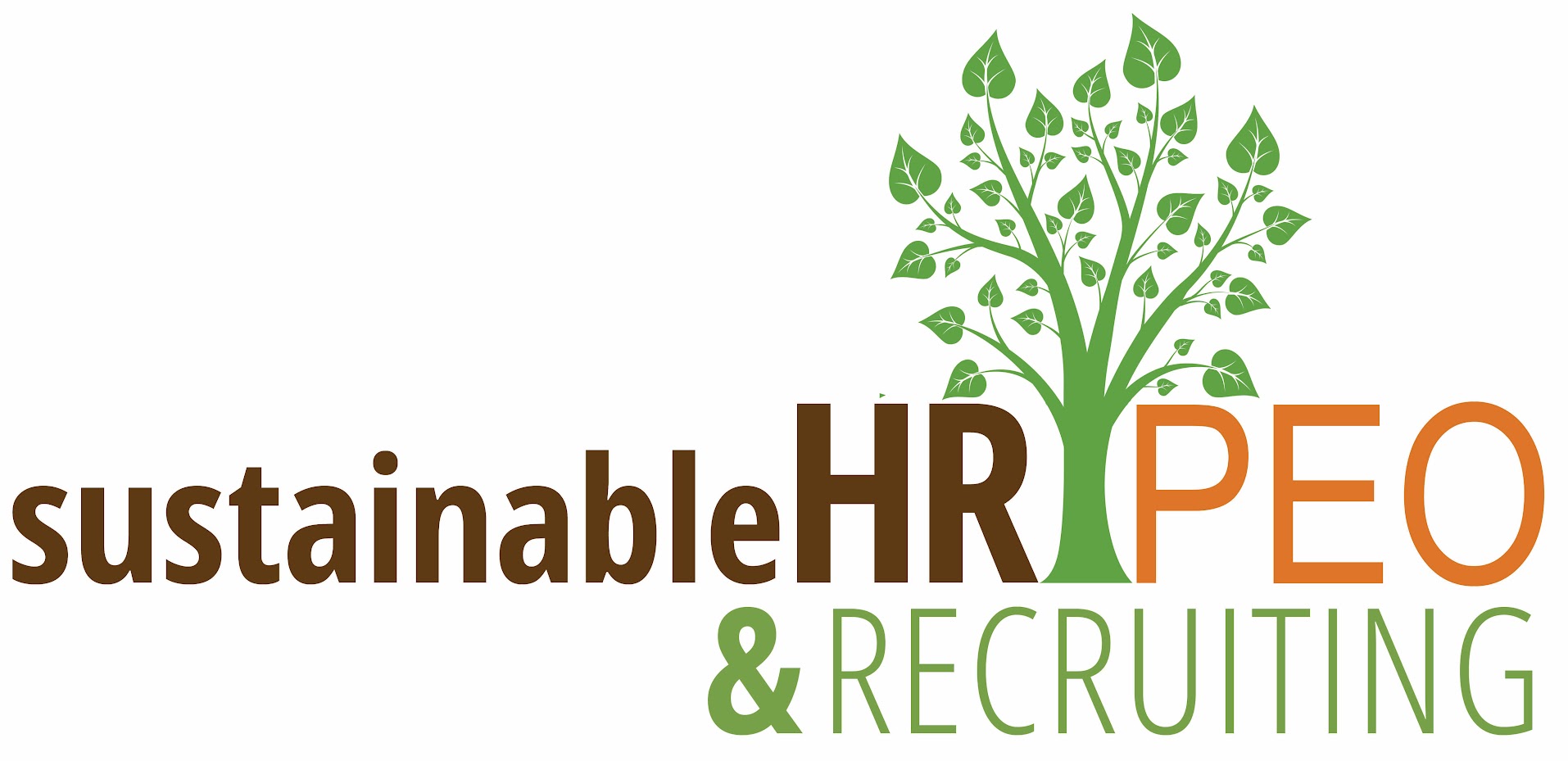In today’s competitive job market, companies are increasingly recognizing the importance of offering attractive and diverse employee benefits to attract and retain top talent. One emerging trend that has gained considerable attention is the implementation of flexible benefits programs, which provide employees with the choice and customization to design a benefits package that best suits their individual needs and preferences.
Flexible benefits, also known as “cafeteria plans” or “flex plans,” allow employees to allocate their benefits dollars towards a variety of options, such as health insurance, retirement savings, wellness programs, and additional vacation days. By providing the autonomy to customize benefits packages, companies can better cater to the diverse and evolving needs of their workforce. This employee-centric approach engenders a higher degree of satisfaction and loyalty, leading to a more engaged and productive workforce.
In addition to enhancing employee satisfaction, flexible benefits programs can also yield considerable benefits for employers. Companies that offer customizable benefits packages can gain a competitive edge in the recruitment process, as prospective employees place increasing value on personalized benefits offerings. Additionally, by empowering employees to select only the benefits they deem essential, organizations can often achieve cost savings on their overall benefits spending.
By partnering with a full-service Professional Employer Organization (PEO) like Sustainable HR PEO, businesses can access the expertise and resources necessary to design, implement, and manage a tailored flexible benefits program. With our comprehensive and customizable HR services, your organization can effectively navigate the flexible benefits landscape and offer a range of attractive perks to bolster employee satisfaction and retention.
So, let’s explore the advantages of adopting a flexible benefits approach, discuss its impact on employee satisfaction and retention, and provide guidance on how to design and implement an effective flexible benefits program in your organization.
1. Advantages of Flexible Benefits Programs
By adopting a flexible benefits approach, organizations can reap significant benefits, including:
– Increased Employee Satisfaction: By empowering employees to customize their benefits, companies can better address specific needs and preferences, leading to higher satisfaction levels.
– Enhanced Recruitment Efforts: A diverse and customizable employee benefits package can attract top talent and set the organization apart from its competitors.
– Potential Cost Savings: Since employees select the benefits they value most, employers can allocate their resources more efficiently and avoid spending on underutilized perks.
2. Designing a Flexible Benefits Program
Creating an effective flexible benefits program requires thoughtful planning and consideration of various factors, such as:
– Employee Needs Assessment: Begin by conducting a survey to gauge employee preferences and identify the most appealing benefits offerings.
– Align Benefits with Company Goals: Ensure that the chosen benefits align with the organization’s mission, values, and overall HR strategy.
– Budget Considerations: Develop a budget for the flexible benefits program and establish a clear system for allocating benefits dollars to employees.
– Regulatory Compliance: Ensure that the program adheres to existing regulations and industry standards, such as the Internal Revenue Service (IRS) guidelines for cafeteria plans.
3. Implementing the Flexible Benefits Program
Launching a successful flexible benefits program requires effective communication, ongoing support, and efficient administration:
– Communication Strategy: Develop a comprehensive communications plan to inform employees about the program, its features, and enrollment procedures.
– User-Friendly Technology: Deploy a benefits administration platform that simplifies enrollment, management, and tracking of employee benefits selections.
– Ongoing Education and Support: Offer regular education sessions, webinars, and resources to help employees make well-informed decisions about their benefits choices.
4. Evaluating the Success of Your Flexible Benefits Program
Regular assessments of your flexible benefits program’s performance are essential to ensuring its continued success:
– Monitoring Key Metrics: Track relevant data such as participation rates, employee satisfaction, and overall cost savings to evaluate the program’s impact.
– Employee Feedback: Collect periodic feedback from employees to identify areas for improvement and make necessary adjustments.
– Benchmarking: Compare your organization’s flexible benefits offerings to industry standards and competitors to ensure continued attractiveness and relevance.
Conclusion
Implementing a flexible benefits program has the potential to boost employee satisfaction, retention, and organizational success significantly. By offering customizable benefits that cater to the diverse needs of your workforce, your company can stand out in the competitive job market and foster a more engaged and loyal team. Partnering with a full-service professional employer organization like SustainableHR PEO can provide the expertise and resources necessary to design, implement, and manage an effective, flexible benefits program tailored to your organization’s unique needs.
Reach out to us today to discover how we can help you navigate the flexible benefits landscape and offer a range of tailor-made perks to bolster employee satisfaction and retention.

